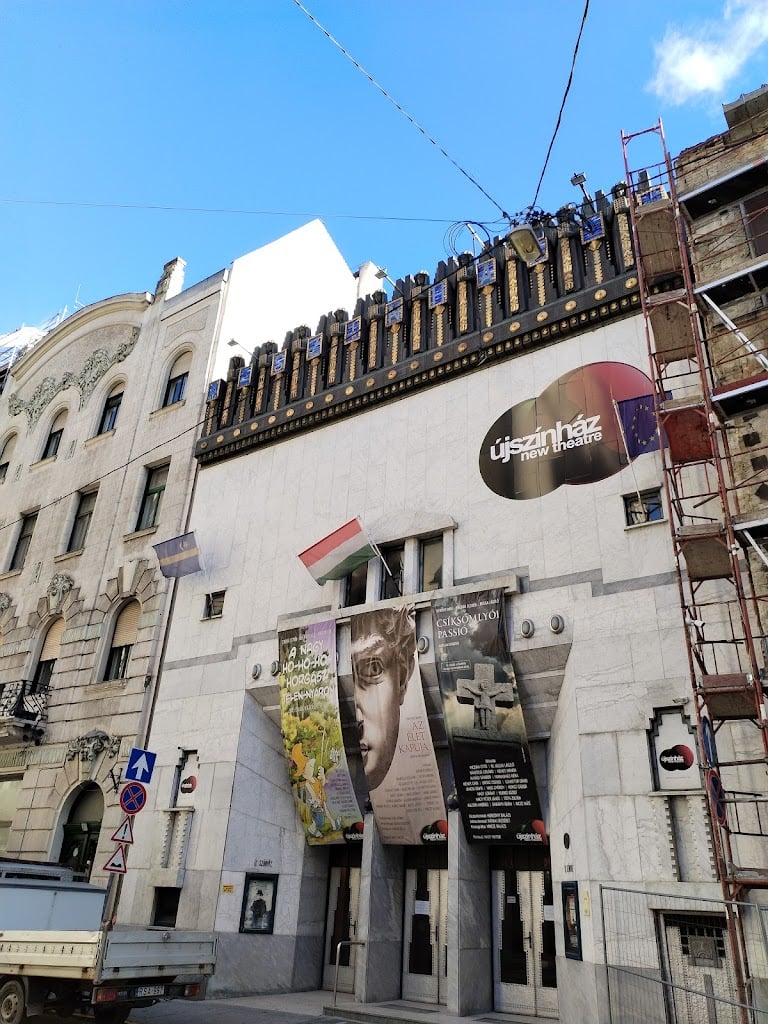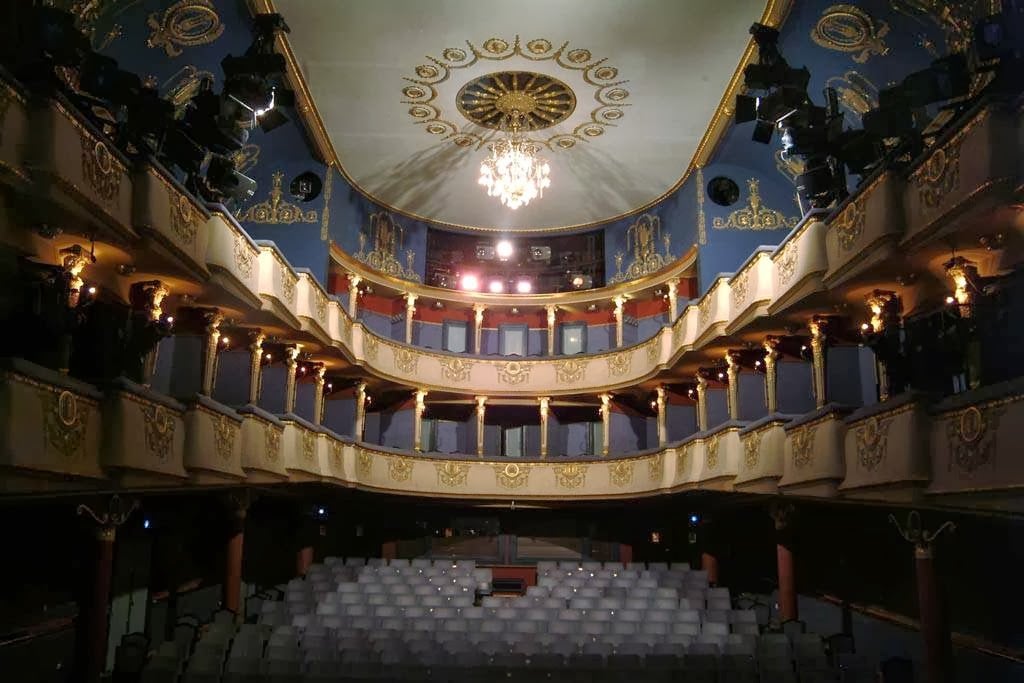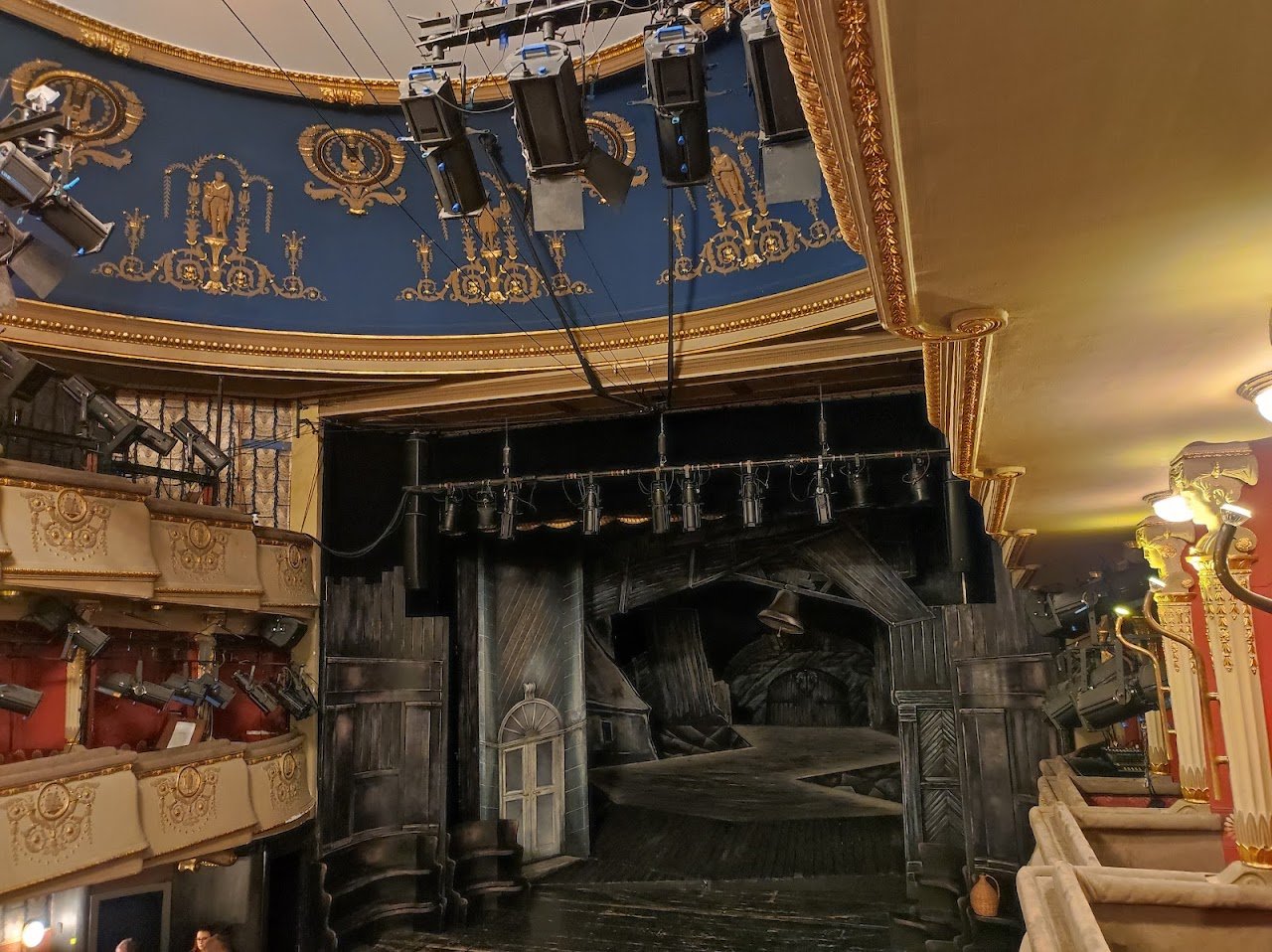New Theatre



Ask ThatchGPT
Suggest a local expert to plan my trip
Suggest an unique itinerary for my Budapest trip
What foods do Budapest locals eat
What are some true hidden gems in Budapest
Help me brainstorm trip ideas for Budapest
Help me plan a family-friendly trip to Budapest
What people say
Pedro Pereira
Available for hire
"The building was originally constructed in 1909 as a music hall under the name Parisiana. Its design included a ground floor furnished with tables and chairs, a winter garden on the upper level, and a narrow gallery. In 1910, the name changed to Crystal Palace, and by 1912, it was renamed Dance Palace. In 1919, the venue became the Vaudeville Theatre (Revüszínház), and its interior was reconfigured to include rows of seats in the stalls.
A major reconstruction took place in 1921, designed by architect László Vágó, who transformed the building with Neo-Baroque elements. This reconstruction added a series of boxes in the auditorium, establishing its present-day appearance. Over the years, the theatre hosted a variety of companies, including the Chamber Theatre of the National Theatre, Kamra Theatre, Andrássy Theatre, and Művész Színház.
After nationalization in 1949, the theatre became the Pioneer Theatre and later the Youth Theatre, adapting to a new repertoire for a younger audience. In the 1950s, the building underwent a significant façade reshaping in the socialist-realist style, which included the removal of the stone pavement and redesigning of the entrances. The venue was renamed Jókai Theatre and later hosted other theatre companies, including Bartók Theatre (1971), Arany János Theatre (1980s), and Budapest Children’s Theatre (1974).
The theatre's most recent renovation took place in the 1980s, when the service areas were modernized, and the foyer and cloakroom were enlarged. This restoration aimed to preserve the Art Deco façade designed by Béla Lajta while reinstating the Baroque splendour of the auditorium designed by László Vágó.
In 1991, following the renovation, the theatre reopened as Arany János Theatre with a performance of Sándor Weöres' Holdbéli csónakos (Shipman of the Moon). In 1994, the theatre was renamed Új Színház, a name it still holds today, and hosted the premiere of Mihály Vörösmarty's Csongor és Tünde.
The building’s architecture reflects its complex history and multiple reconstructions. The entrance to the theatre is located on Paulay Ede Street, where visitors pass through a windbreak before entering the lobby. The ground floor of the auditorium is reached via a staircase, and the theatre is designed in a linear, axially aligned layout. The auditorium features two balconies that form a protracted horseshoe shape, widening towards the stage. This design is intended to enhance the acoustics and ensure a good view from all seats.
Due to the narrow plot of land, the building’s design incorporates slight angles in its layout. The back and main stages are not aligned perpendicular to the street, giving the theatre a distinctive architectural character. The building is tightly nestled among neighbouring apartment houses, with service areas, including changing rooms and management offices, located in a neighbouring building. Additionally, rehearsal rooms and stores are housed in an attached building at the back of the theatre."
Read more in:
Mentioned in these guides
About New Theatre
Get the inside scoop on New Theatre from local experts, travel creators, and tastemakers. Browse genuine trip notes, New Theatre reviews, photos, travel guides, and itineraries from real travelers and plan your trip with confidence.
Website
Phone
Save this spot for later or start mapping out a new trip today
Try our AI Travel Assistant and get instant answers to any questions about your trip.
Ask ThatchGPT
